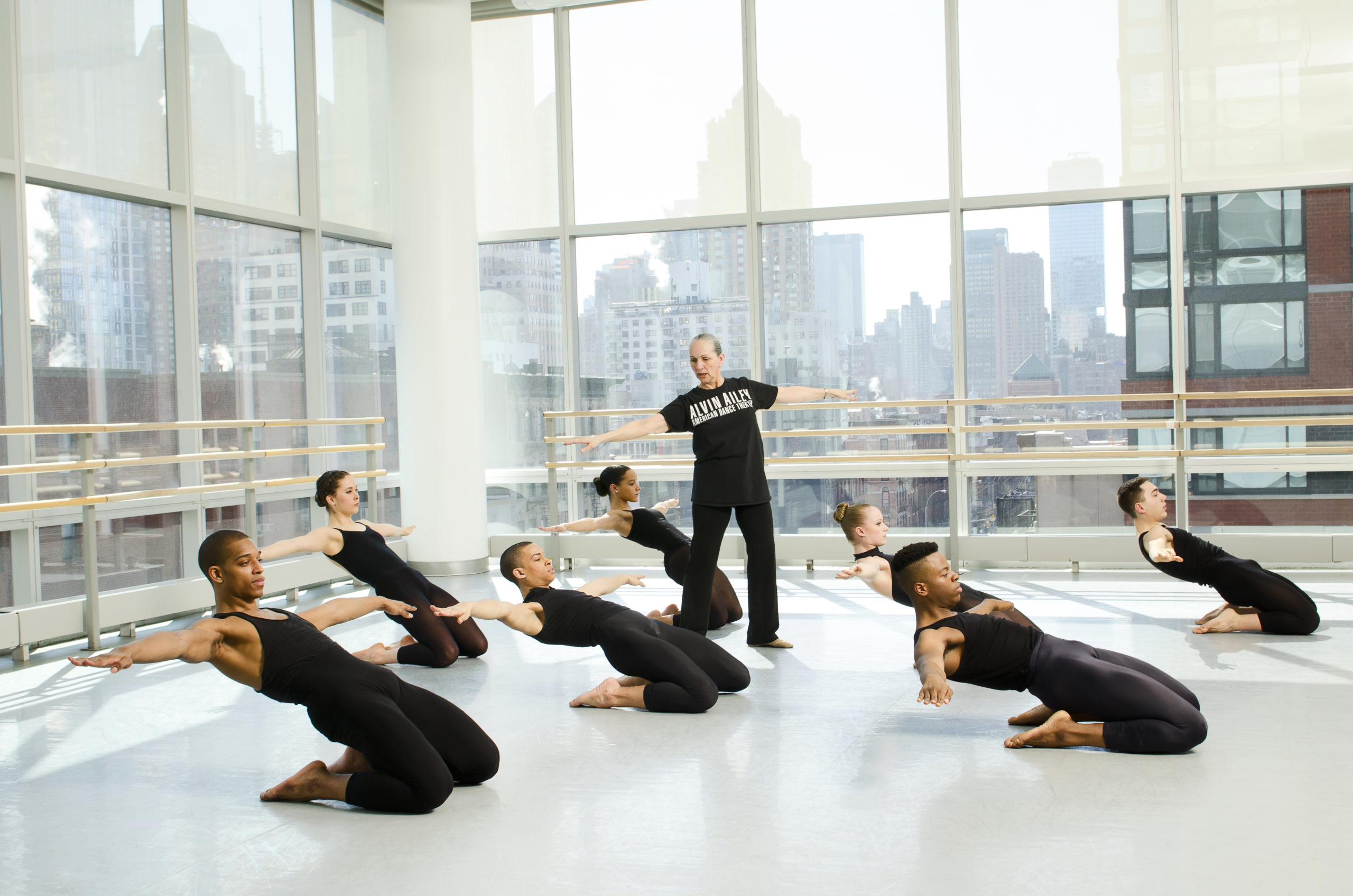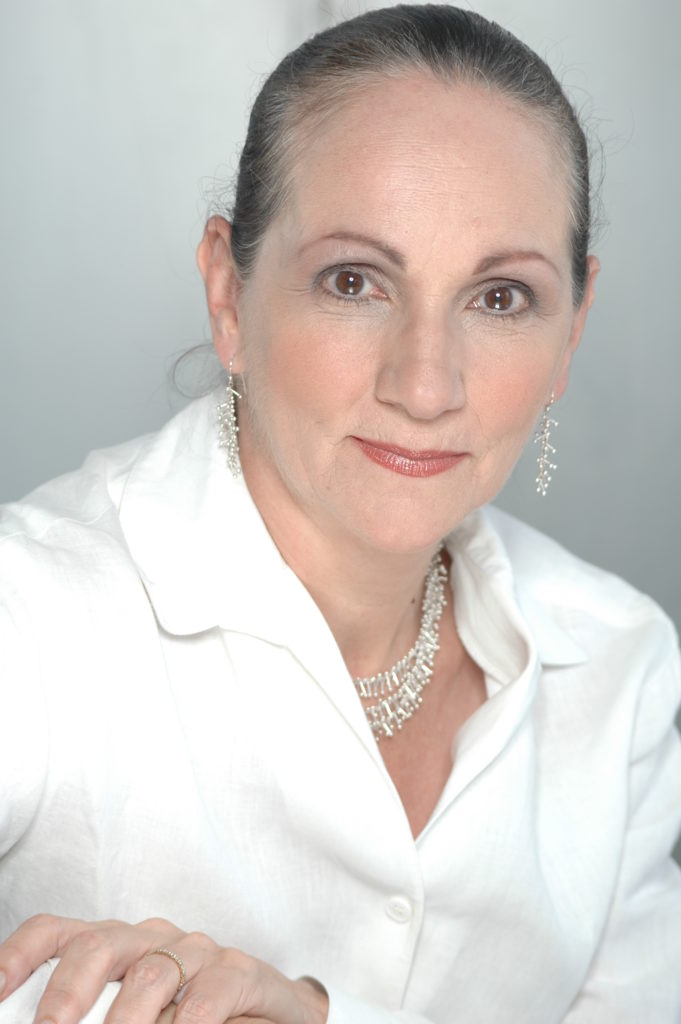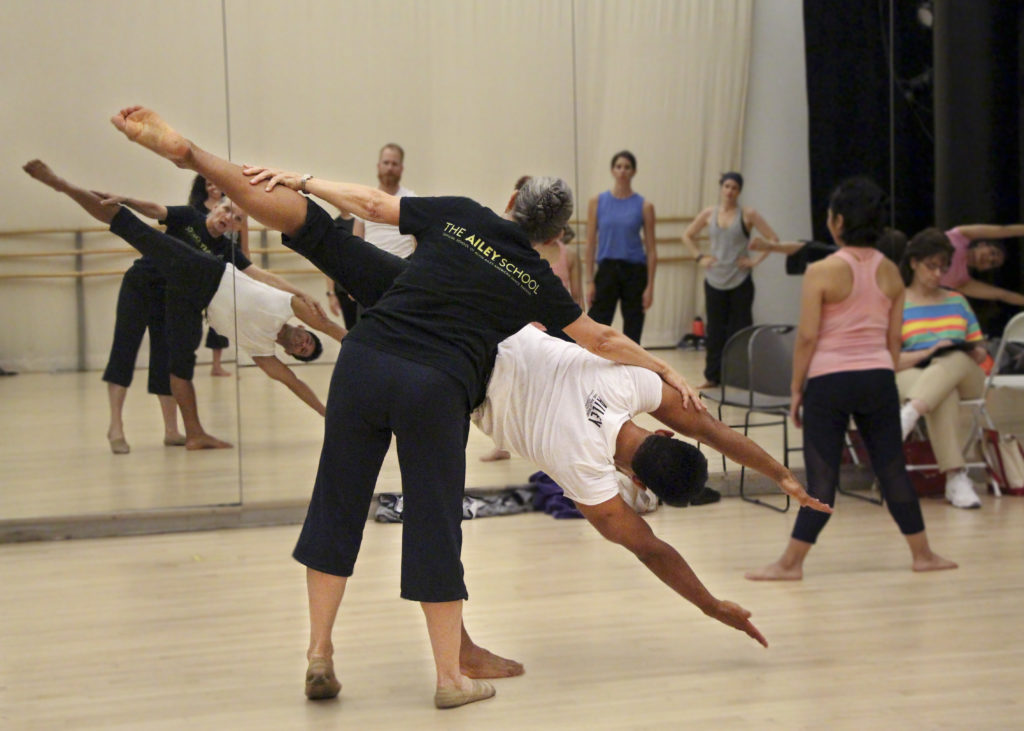
International master teacher Ana Marie Forsythe has devoted nearly 50 years of her life documenting the Lester Horton technique in an effort to preserve it. “Dance has given me gifts that I never realized were possible when I took my first plié,” she says. “I enjoy sharing my breadth of knowledge of the Lester Horton technique because it has been a real gift to me, and I believe we should share our gifts with others.”
Forsythe began dancing at 8 years old at the Newark Ballet Academy (now the Garden State Ballet Academy), in Newark, New Jersey. “I loved the combination of live music, seeing the different shapes my body could make and learning from very good teachers,” she says of her time training under director Fred Danieli’s tutelage. “He had been an early member of New York City Ballet and was smart enough to know that not all of his students would become ballet dancers. So, he invited [former Alvin Ailey American Dance Theater artist] Joyce Trisler to come and teach a Horton class one day per week.” Forsythe describes her first Horton class as one of the most joyous moments of her life. “Joyce was young, funny, dynamic and smart, and she was sharing a technique that seemed to fit my body and brain naturally,” she says.

By age 14, Forsythe was invited by Trisler to join her company (Joyce Trisler Dance Company) and substitute-teach for her at The Garden State Ballet. “I have been teaching Horton technique for a long time,” Forsythe reflects. Later, she danced with the Sophie Maslow Dance Company, as well as her own, Ana Marie Forsythe Dance Company, for two years. Eventually, Trisler offered Forsythe (who was roughly 18 at the time) her Friday class at The Ailey School. There, she was introduced to Alvin Ailey’s first teacher, Marjorie Perces, and Horton technique expert Cheryl Bell. Together, the three women decided to use their passion and knowledge to write a book preserving what they knew about the Lester Horton technique. “We got together a couple of times per week at the New York Public Library and had wonderful conversations which eventually produced The Dance Technique of Lester Horton,” she says. When Trisler unexpectedly died of a heart attack in 1979, 20-year-old Forsythe took up her position as chair of the Horton Technique Department at Ailey. She has held the position ever since.
Today, Forsythe is eager to help students understand the intelligence of Lester Horton’s technique. “I explain how certain elements of his work were developed,” she says. “I give them background so they can see how it can benefit them going forward. You can have people who have not studied the technique before and take them such a long way in terms of changing their body, how they think, and how they approach musicality.” When it comes to her teaching mission statement, Forsythe believes in being as truthful to the technique as she learned it from her educators. “They were there when it was developed,” she says. “Keeping the essence of its origin is very important to me. I want to preserve something that I think is important. Even after all these years, it’s still relevant.”

Here, Forsythe shares her favorite teaching prop, how she keeps her energy up during long days, and the books and DVDs she recommends for familiarizing oneself with Horton technique.
Her must-have teaching shoes: “As you get older your feet get tender, so I have to wear shoes now,” she says. “I like Capezios. I wear a tan-colored shoe with a heel that encloses my feet. They are especially helpful for turning.”
Her favorite teaching prop: “I use a string to teach my students,” she says. “There is a step which has the arms in opposition to the forward leg when your feet are in fourth position, and your body is in a flat back. The arms are supposed to move simultaneously, and it’s not a natural thing. You really have to think about it. So, I will have them hold a string between their two arms and keep the tension on the string the same throughout. This helps them understand how the movement should feel.”
Her energy-booster secret for long days: “I used to teach five classes per day: three in the morning and two in the afternoon,” Forsythe says. “I drank a lot of cola and diet sodas to help get me through it, but I don’t recommend that anymore. A healthy diet and a lot of water usually keeps me going just fine for my schedule of four classes per week.”
The food she can’t live without: “Pasta! I have a recipe file and pasta is the biggest section in it. You can do so much with it. Add vegetables, add different sauces—it’s so versatile.”
Her ideal day off: “My ideal day off would include a short nap in the afternoon, a lot of reading (both fiction and nonfiction), walking and watching the news,” she says. “We are kind of news junkies. My husband worked as budget director for the State of New York under Governor Mario Cuomo as a young intern, so we are still very involved in politics and how the government is working or not working.”
Recommended viewing or reading: “I always recommend my own books and DVDs on Horton technique,” Forsythe says. These include the book The Dance Technique of Lester Horton and six DVDs, including Lester Horton Technique: Advanced Level.





